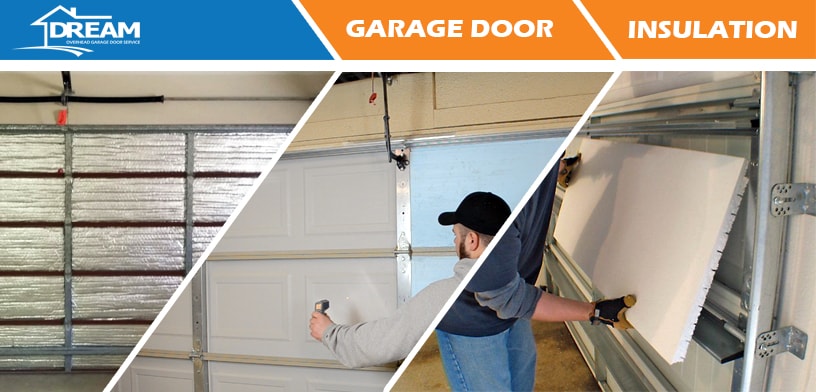Keeping Your Garage Cool.
The good news is that it only takes a few hours to install an air conditioner for a garage, so you can enjoy it when the temperatures really start to rise. A ceiling fan can help the air circulate better to keep the garage at a more moderate temperature, but an AC unit may be able to do the job on its own.
Being hot is frustrating and can greatly slow a work project, so having AC is a necessity. Through-the-wall air conditioning units can cost about $700 and window units cost even less. They are both pretty much the same except for the mounting process. A window AC comes with hardware and sealing kit while a TTW unit needs a separate sleeve that you install into the wall.
Depending on how often you need an AC, you may or may not need insulation. Having insulation will make your garage take longer to cool down, requiring an air-conditioning unit to run for a longer amount of time. However, hanging drywall on the roof can dramatically increase your cool down time and effectiveness. Drywall reduces the amount of area that needs to be cooled and helps the air circulate easier. Install a vapor barrier if you think you may want to add attic insulation down the line.
Adding in Circulating Air.
Start your garage-cooling project by measuring the length and width of the garage. Get quotes on AC units and matching TTW sleeves keeping in mind that it’ll be an additional $100 for window units.
Once you have everything you need, cut through the stud in the center and leave a three-inch bigger space than the height of the AC sleeve opening. This allows for the top and bottom plates. Then knock the cut piece away from the siding and sheathing nails and pin the top and bottom plates to the center and surrounding studs. Include a small jack stud make the opening the right width.
Before cutting out sheathing with a responding saw, test-fit the sleeve. Air conditioning units have bad circulating fans, so don’t put one at the end of a rectangular garage. To get maximum airflow, put it in the middle of your longest wall and aim it towards the door. If you have a window unit planned for the end of a rectangular garage, add a circulating fan to help guide the cold air to the other end of the garage.
Check your sleeve instruction manual to see what the opening size is for your unit. Some AC suppliers require a one-inch clearance on all sides of the sleeve, including the top. And the distance from the roof is critical- never mount an opening right below the top wall plate. The result will be rapid compressor cycling, being very inefficient.
Find the sleeve opening from the ceiling (it’s about two feet down). Remove any drywall to uncover the studs. Make any necessary cuts to the center stud to allow for the planned sill and top plates.
The biggest part of this project will be readjusting the siding. Generally, it’s better to remove unnecessary siding before cutting an opening into the sheathing and then trim and adjust around the opening. It’s best to follow the instruction manual for mounting and securing the sleeve to the frame.
Next, run electrical wires to where the unit is going to be and install the container. Most units that are 120 volts need a dedicated receptacle on a 15 or 20-amp circuit breaker. Extension cords won’t work. As a rule of thumb, a unit that’s 9-12,000 BTU will generally run on a 120-volt, 20 amp circuit. Larger units will require more voltage.
Other Air Conditioner Options.
We know that portable AC units are available but didn’t include them in this article because of the hot air that can come back into the garage. Portable AC’s use the existing cold air to cool down the condensing coil, and then they push that air into the outdoors. But by creating pressure inside the garage, the air conditioner brings in an equal amount of hot air from outside. Then the portable unit has to work harder to cool that hot air it just brought in. It’s a never-ending cycle, wasting capacity and energy of the unit. A window of TTW unit is way more efficient.
The best garage cooling system is an HVAC arrangement, which costs about four grand. A split system is pretty heavy duty and will do the best job of keeping a garage cool in the hottest weather.
One More Thing about Installing the Sleeve.
To secure the sleeve, integrate filler strips and tighten the sleeve brackets (if your kit came with them). A TTW air conditioner will push most of the cool air to the center of the garage, in turn making hot spots around the sides. For consistently cooling the whole garage, consider adding a ceiling fan to push the hot air from the corners down to the floor. A floor fan can then push that warm air back to the AC unit intake.

